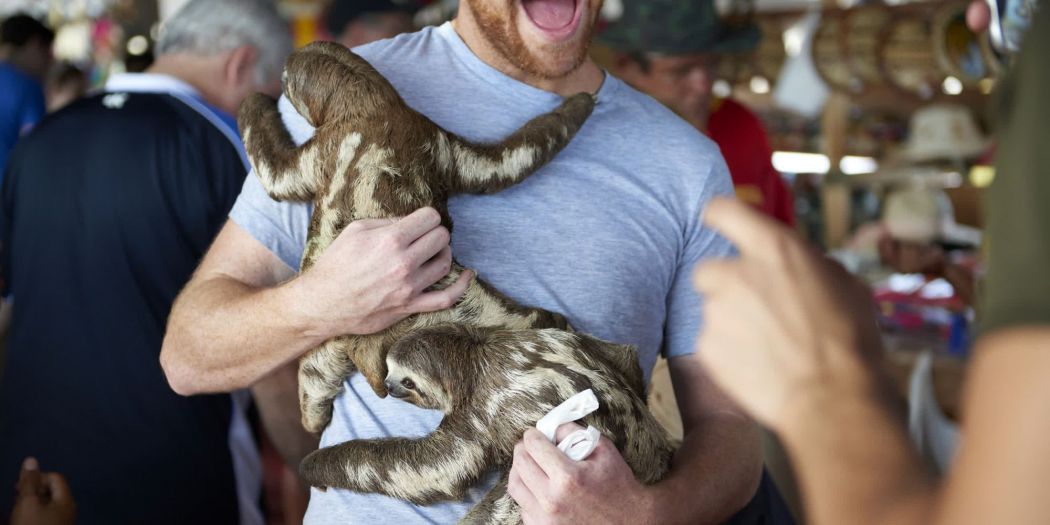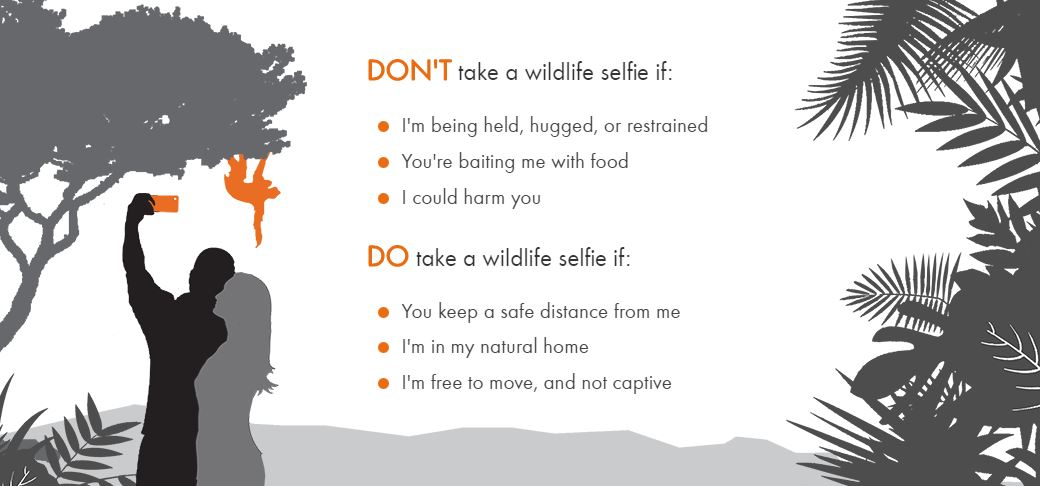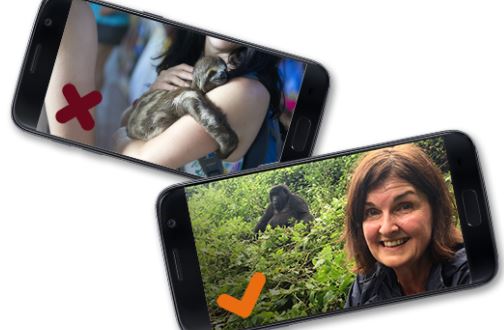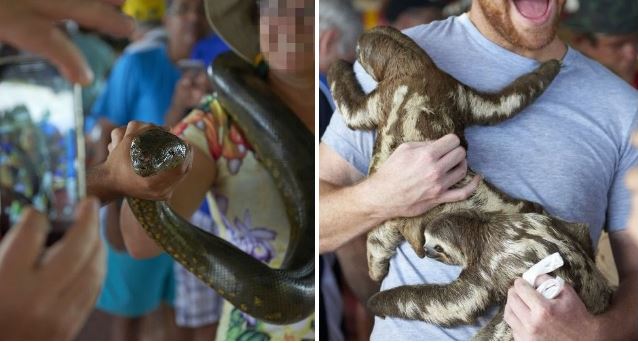The World Animal Protection (WAP) organization has laid out some pretty simple rules with their new “Wildlife Selfie Code,” a set of guidelines that people can pledge online to follow to keep animals safe. Some of the six rules make sense, while others should be common sense.
However, sometimes common sense flies out the window when people are faced with adorable, beautiful, majestic, powerful, wonderful animals.

The rules they have laid out are: Don’t take a selfie with an animal if it is being restrained, for example, a chained elephant or a drugged tiger, if it’s being baited with food, as at many monkey attractions, or if the animal could harm you.
READ: Joggers run for lives after wild elephant selfie attempt ends badly (PHOTOS)
However, according to the NGO, it’s cool to commune via selfie with wild animals if you stay a safe distance from them, they are in their natural habitat, and they are free to move away, not being held captive by chains, leashes, or cages.

WAP wrote, “Most tourists who take photos with wildlife love animals. During once-in-a-lifetime trips to destinations like the Amazon, it’s understandable they’d want to take a snap with a sloth for Facebook, or post a picture with a pink river dolphin on Instagram. But if they knew about the suffering these animals endure for this type of photo opportunity, they’d put their phones and cameras away.”
READ: Shows, selfies, and shaming: Experts weigh in on elephant tourism in Thailand
The NGO’s data revealed that there are tens of thousands of wild animal selfies online and that many are cruel and exploitative to the creatures featured in them. The photos are joyful for the people in them — but the animals are suffering.

Their research revealed that 54 percent of 249 animal attractions they looked into offered direct contact with animals, such as holding them for photos or selfies, 35 percent used food to attract the animals for pictures, and 11 percent offered swimming with animals.

“Many people envy friends who post selfies of themselves hugging or holding wild animals, which sadly encourages more people to take their own photos,” wrote WAP.
More than a quarter of a million people have already taken the “Wildlife Selfie Code” pledge.




